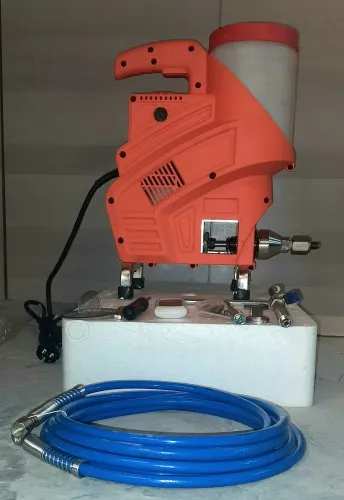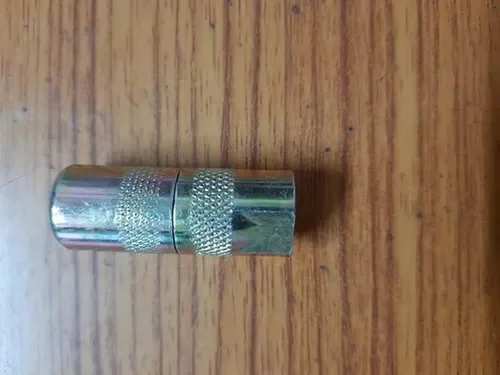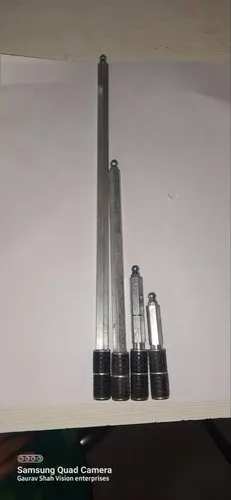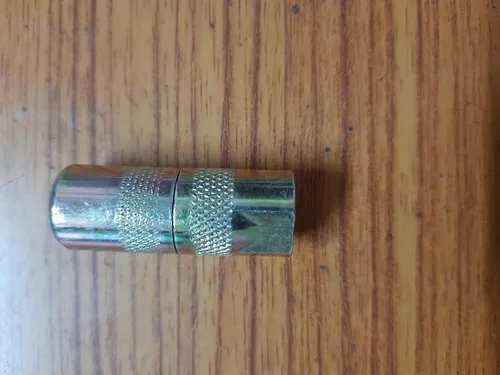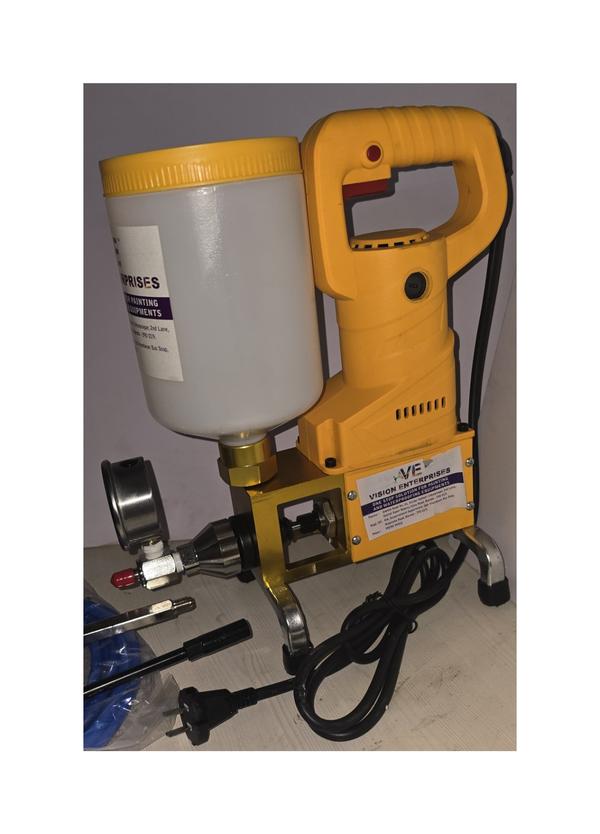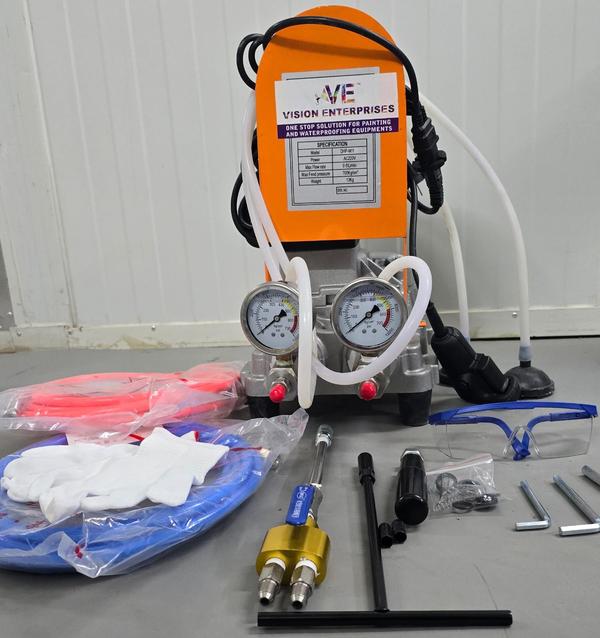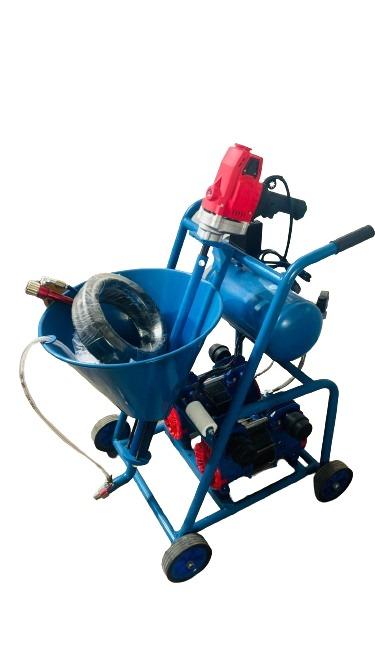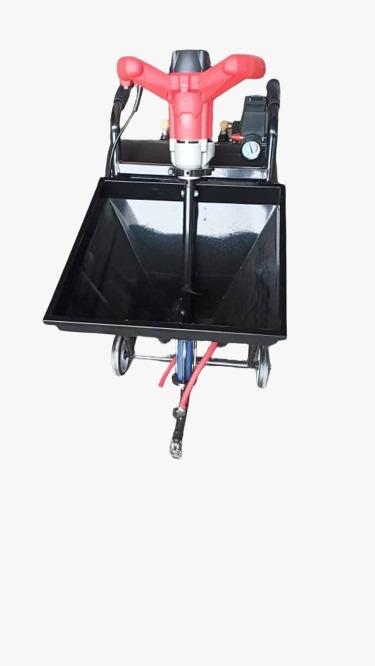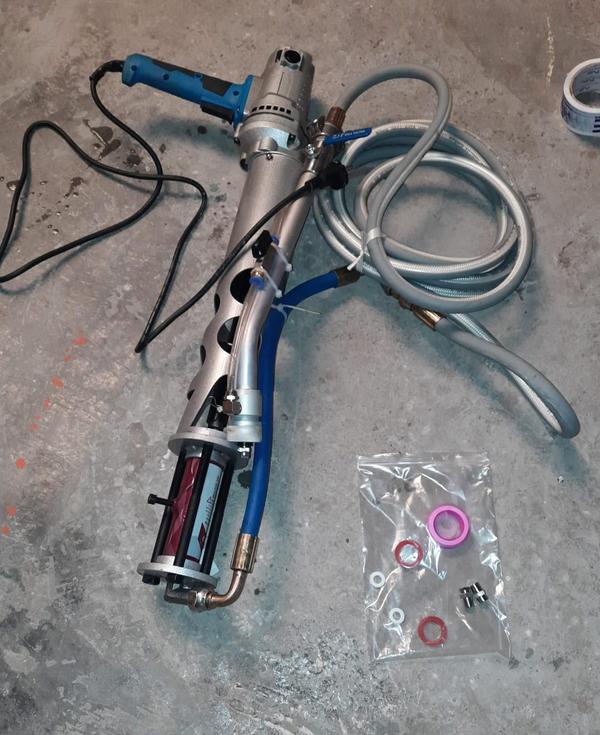Injection Grouting Nozzle
Capacity: 1-2 ton
Size: standard
Brand: VE
Color: Silver
Material: SS
Customisation: Not Customised
Surface Finish: Polished
Pu Grouting Packers: Sealing Cracks with Polyurethane Power
Polyurethane (PU) grouting packers are essential tools for injecting polyurethane resins into cracks and voids in concrete structures. They play a crucial role in various repairs and strengthening applications, making them invaluable for construction professionals. Here's a breakdown of what you need to know about PU grouting packers:
Function:
Act as ports for inserting and injecting PU grout under high pressure.
Create a tight seal within the crack to prevent grout leakage and ensure effective filling.
Withstand significant pressure applied during the grouting process.
Types:
Single-port: Basic design with a single opening for grout injection.
Multi-port: Feature multiple outlets for distributing grout over wider areas or targeting specific points within the crack.
Check-valve: Includes a built-in valve that prevents grout backflow, ideal for horizontal or overhead applications.
Removable/Re-usable: Can be extracted after injection and reused for multiple applications.
Disposable: Designed for single-use, reducing cleanup time and potential contamination.
Materials:
Stainless steel: Highly durable and resistant to corrosion, preferred for high-pressure injections and demanding environments.
Nylon/Polypropylene: Lighter weight and more affordable, suitable for smaller cracks and lower pressure applications.
Key Features:
Size variations: Available in various diameters to fit different crack widths.
Connection types: Threaded or glued connections for secure attachment to injection hoses or pumps.
Pressure ratings: Choose packers that can withstand the anticipated injection pressure for optimal performance.
Ease of installation: Quick and simple installation saves time and effort on the job site.
Applications:
Crack repair: Filling and sealing cracks in concrete walls, floors, foundations, and other structures.
Strengthening: Injecting PU grout to increase the load-bearing capacity of concrete elements.
Waterproofing: Sealing leaks and preventing water infiltration through cracks.
Price: 0 |
Payment Type: |
Available: False |
COD Available: False |
KYC Status: FAILED
Send Message

